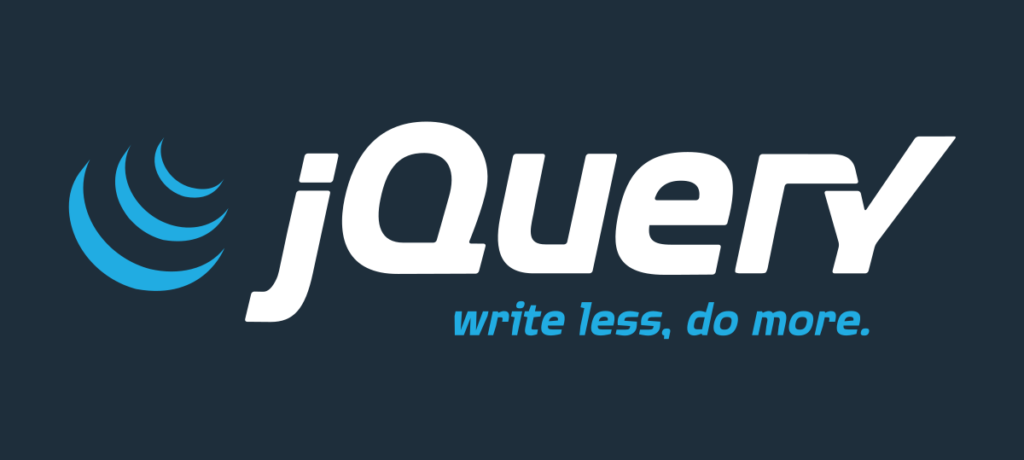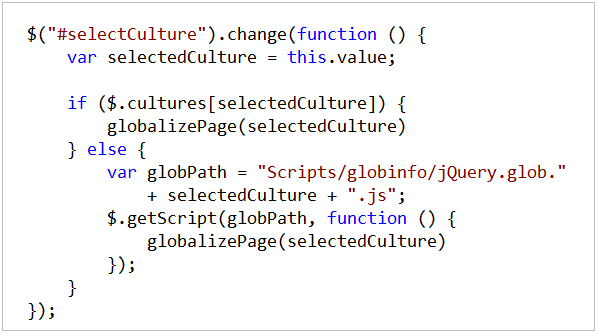jQuery
WHAT IS jQUERY?
- jQuery is a fast, small, and feature-rich JavaScript library.
- It simplifies the process of manipulating HTML documents, handling events, creating animations, and making AJAX requests.
- jQuery provides a concise and efficient way to write JavaScript code, allowing developers to achieve more with less code. Here are four key points about jQuery.
- One of the primary uses of jQuery is to manipulate the Document Object Model (DOM) of an HTML document.

USE OF jQUERY
jQuery simplifies DOM manipulation by providing a concise and intuitive syntax. You can easily select HTML elements, modify their attributes or content, add or remove elements, and apply CSS styles. This allows you to dynamically update the web page based on user interactions or data changes.
jQuery makes it easier to handle user events such as clicks, hover, keypresses, and form submissions. You can attach event handlers to HTML elements, specify the actions to perform when events occur, and handle events across different browsers consistently. This enables you to create interactive and responsive web applications.
jQuery provides a set of animation and effects functions that allow you to add visual enhancements to your web pages. You can animate HTML elements to create smooth transitions, fade in or out, slide elements, and apply various visual effects. This helps in creating engaging and interactive user experiences.
jQuery simplifies AJAX requests, allowing you to retrieve data from a server asynchronously without refreshing the entire web page. You can make GET or POST requests, handle responses, and update specific parts of the page with the retrieved data. This makes it easier to create dynamic and interactive web applications that fetch and display data in real-time.
WHAT ARE THE FEATURES OF jQUERY?
DOM Manipulation – jQuery provides a simple and powerful API for manipulating the Document Object Model (DOM). You can easily select and manipulate HTML elements, change their attributes or content, and dynamically create or remove elements. This makes it easier to build dynamic and interactive web pages.
Event Handling – jQuery simplifies event handling by providing a unified API for attaching event listeners to HTML elements. You can easily bind event handlers to events such as clicks, hover, keypresses, and form submissions. This allows you to create responsive and interactive user interfaces.
AJAX Support – jQuery makes it easy to perform asynchronous HTTP requests using its AJAX (Asynchronous JavaScript and XML) functions. You can fetch data from a server without reloading the entire web page, update specific parts of the page with the retrieved data, and handle responses efficiently. This enables you to build dynamic and responsive web applications.


Animation and Effects – jQuery includes a set of built-in animation and effects functions that allow you to create smooth transitions and visual effects. You can animate HTML elements, apply fades, slides, and other effects to enhance the user experience. This makes it easy to add visually appealing and interactive elements to your web pages.
DOM Traversal and Manipulation – jQuery provides powerful methods for traversing and manipulating the DOM tree. You can easily find elements based on their selectors, navigate through parent-child relationships, filter elements based on specific criteria, and perform advanced manipulations on the DOM structure. This simplifies complex operations and makes it easier to work with hierarchical data.
Cross-Browser Compatibility – jQuery abstracts away many cross-browser compatibility issues and provides a consistent API that works across different browsers. It handles browser inconsistencies and provides a unified programming interface, ensuring that your code works consistently across various platforms and versions.
THE BENEFITS OF LEARNING TO CODE WITH jQUERY
Simplified DOM Manipulation – jQuery provides a concise and intuitive syntax for manipulating the DOM, allowing you to easily select and modify HTML elements. This simplifies the process of creating dynamic and interactive web pages, saving you time and effort.
Increased Productivity – jQuery offers a wide range of pre-built functions and methods that handle common tasks, such as event handling, animation, AJAX requests, and DOM traversal. By leveraging these built-in features, you can accomplish tasks more efficiently and reduce the amount of code you need to write from scratch.
Cross-Browser Compatibility – jQuery abstracts away many of the differences and inconsistencies between different web browsers, ensuring that your code works consistently across multiple platforms. It takes care of browser-specific quirks and provides a unified API, saving you from having to write and test browser-specific code.
Large Community and Resources – jQuery has a vast and active community of developers who contribute plugins, share knowledge, and provide support. This means you have access to a wealth of resources, tutorials, and examples that can help you learn and solve problems more effectively. Additionally, the widespread adoption of jQuery means there is a high demand for jQuery skills in the job market.
